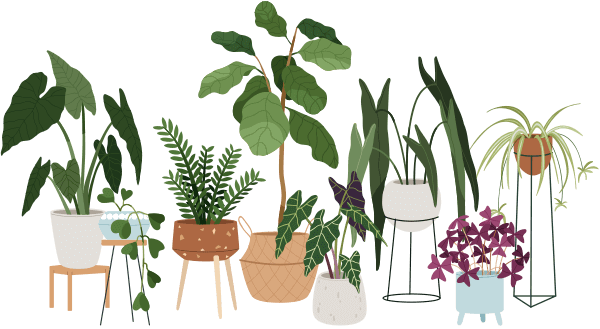If the bold, striped leaves of the Zebra Plant have caught your eye, you’re not alone! Aphelandra squarrosa is a favorite among indoor gardeners thanks to its vibrant foliage and, when you’re lucky, its golden flowers. But what often puzzles plant parents is how to water this beauty just right. Don’t worry—watering your Zebra Plant isn’t as mysterious as it may seem once you know its likes and dislikes. Whether you’ve just brought one home or you’re trying to revive a droopy leaf or two, this guide will make you feel more confident about keeping your Aphelandra squarrosa happy and hydrated.
How Often Should I Water a Zebra Plant?
Zebra Plants like their soil to stay slightly moist, but not soggy. Letting the top inch of soil dry out before watering again is a good rule for most homes. This usually means watering every 5 to 7 days in summer and about every 10 to 14 days in winter, but always check the soil first with your finger.
Quick tip: If your room is dry or extra warm, your plant might need more frequent watering.
How Much Water Does the Zebra Plant Need?
There’s no one-size-fits-all amount because pot sizes and room conditions vary, but here’s a handy method:
- Water the Aphelandra squarrosa slowly until you see water begin to trickle out the bottom drainage holes.
- Make sure you empty the saucer or outer pot after about 10 minutes so the roots aren’t left sitting in water.
Overwatering is a common problem with Zebra Plants. Too much water can quickly lead to root rot, which these plants cannot tolerate.
Should I Mist or Spray My Aphelandra squarrosa?
Yes! Mist your Zebra Plant several times per week, especially if your home is dry. The Aphelandra squarrosa hails from tropical regions, so it thrives in higher humidity—with at least 60% being ideal.
If your apartment is dry and heaters are running, misting helps, but you can also:
- Place the pot on a tray with pebbles and a bit of water, so the evaporating moisture adds humidity (just don’t let the pot sit directly in the water).
- Group your humidity-loving plants together to create a mini greenhouse effect.
Is the Zebra Plant Sensitive to Overwatering?
Absolutely. Zebra Plants are prone to root rot if left in soggy soil. The quickest way to kill an Aphelandra squarrosa is generous watering without allowing the soil to dry out between waterings.
Signs of overwatering include:
- Yellowing leaves
- Leaves falling off
- Mushy stems or a musty smell in the soil
If you notice these, hold off on watering and let the soil dry out a little more before the next drink.
Is the Zebra Plant Drought Tolerant?
Not really. While the plant hates “wet feet,” letting it dry out completely isn’t good, either. Dry soil can cause leaf edges to brown and the plant to weaken. Zebra Plants like balance: consistently moist, but not drenched.
Is Bottom Watering or Watering from the Top Best for Zebra Plant?
Either method can work for Aphelandra squarrosa! Here’s a comparison:
- Top watering: Pour water evenly over the soil until excess drains out below. This washes away built-up fertilizer salts and is easy for most plant owners.
- Bottom watering: Place the pot in a tray of water and let the soil soak moisture up from below. This encourages deep root growth but takes longer.
Whichever way you choose:
- Use room temperature water.
- Never let the pot stand in water for more than 10–15 minutes.
What Should I Do With Excess Water After Watering?
Always empty the saucer or outer cachepot 10–15 minutes after watering. Sitting in water can lead to root rot—one of the biggest enemies of your Zebra Plant!
Watering Zebra Plant: Key Takeaways
- Keep soil consistently moist but not soggy.
- Mist your Zebra Plant for extra humidity.
- Never let the plant sit in excess water.
- Both bottom and top watering work, just don’t overdo it.
- Watch for dry or yellowing leaves—they’re a message from your Aphelandra squarrosa!
Every plant parent learns as they go, so if you’ve given your Zebra Plant too much or too little water before, there’s always another chance. With these tips, your Aphelandra squarrosa will reward you with those gorgeous patterned leaves for a long time to come.


